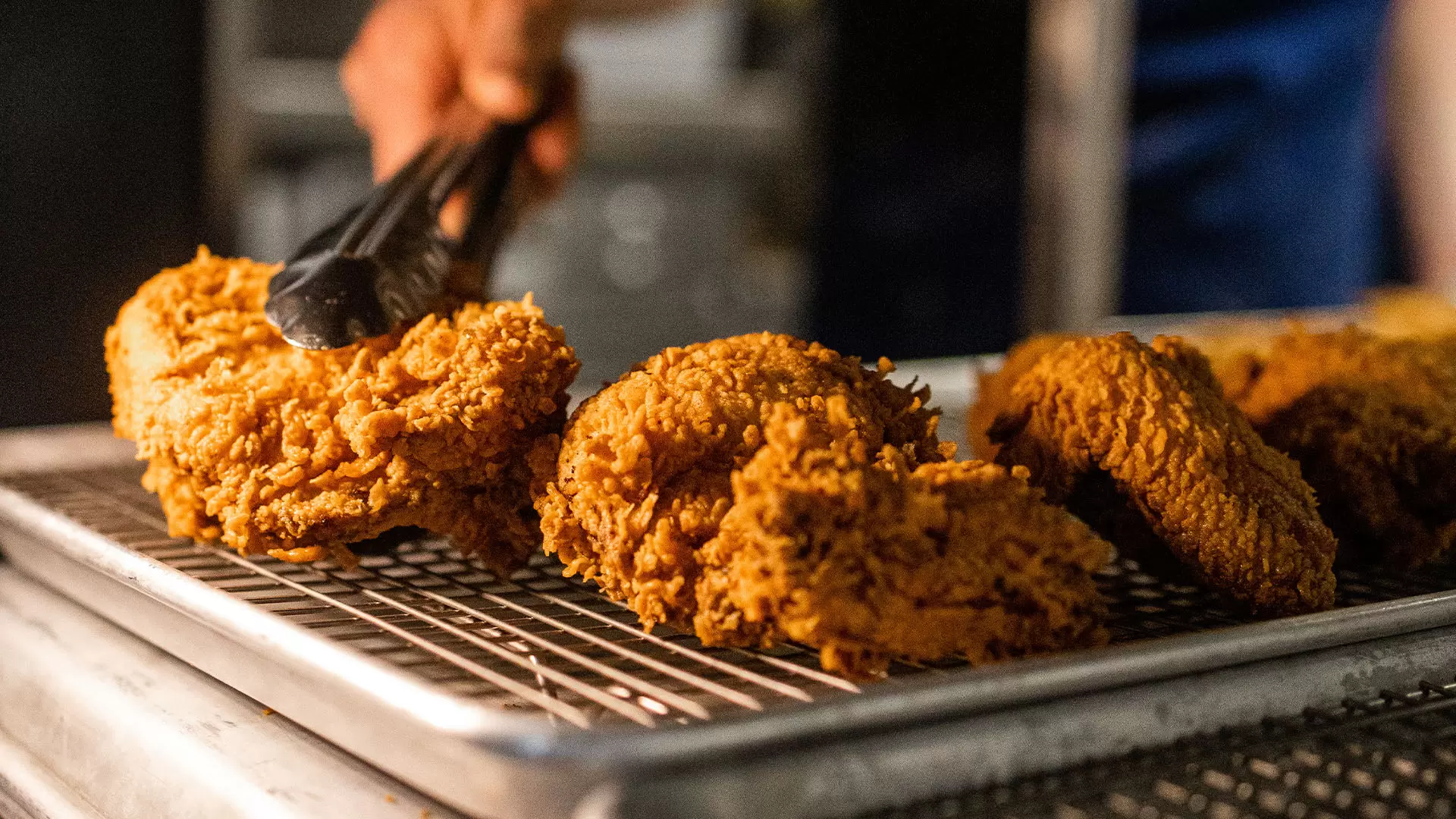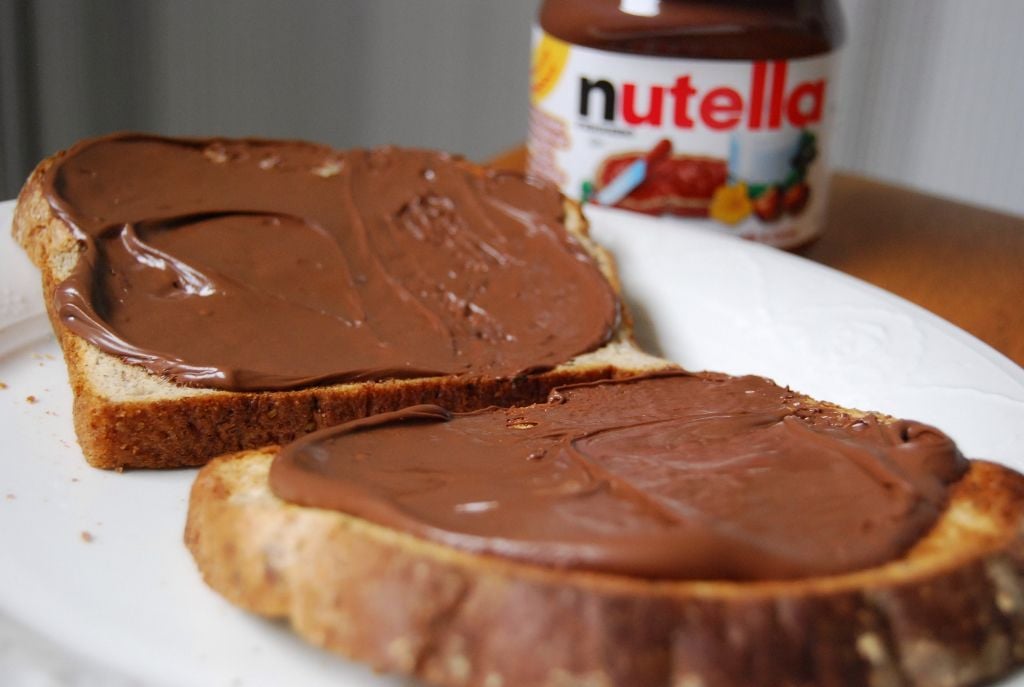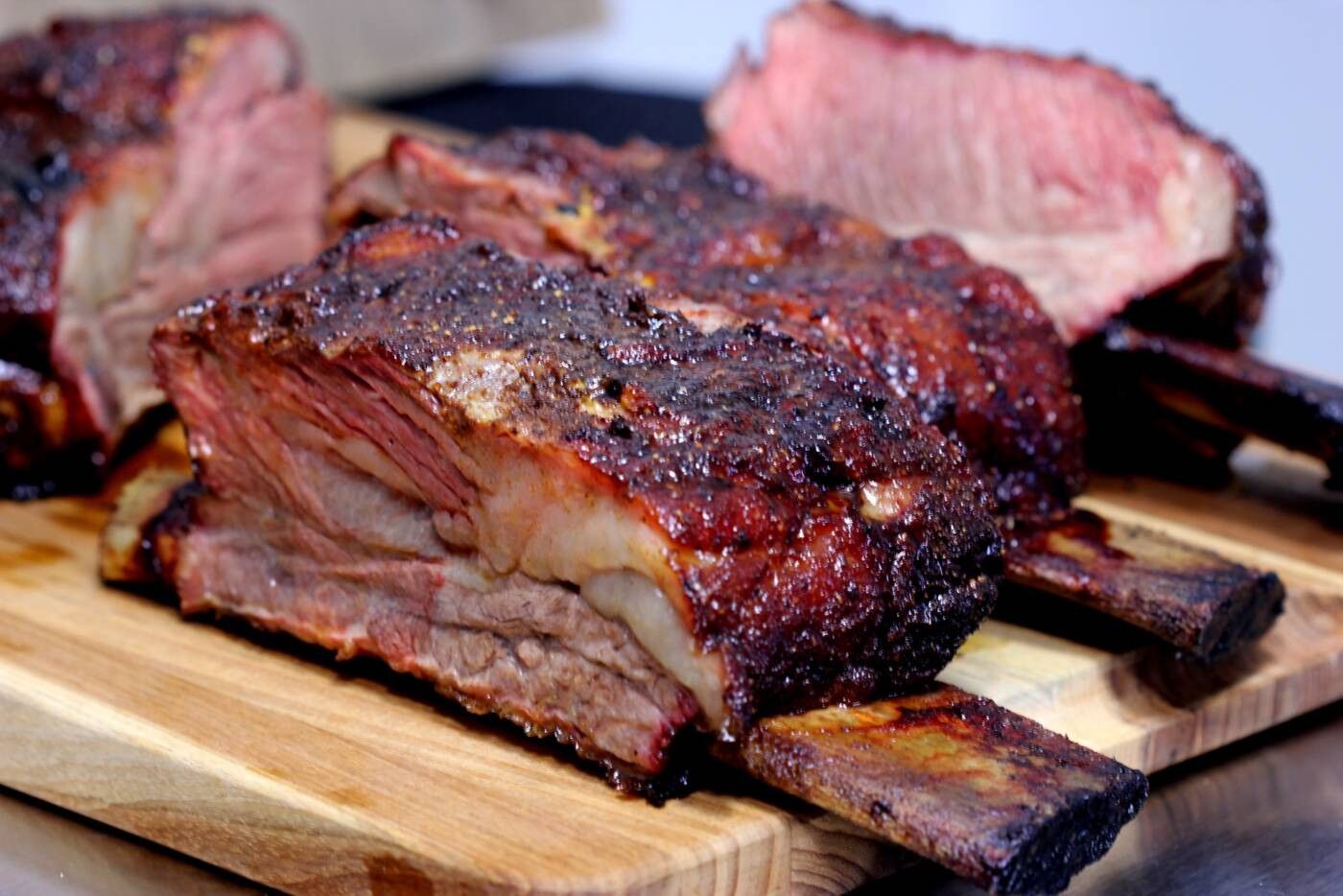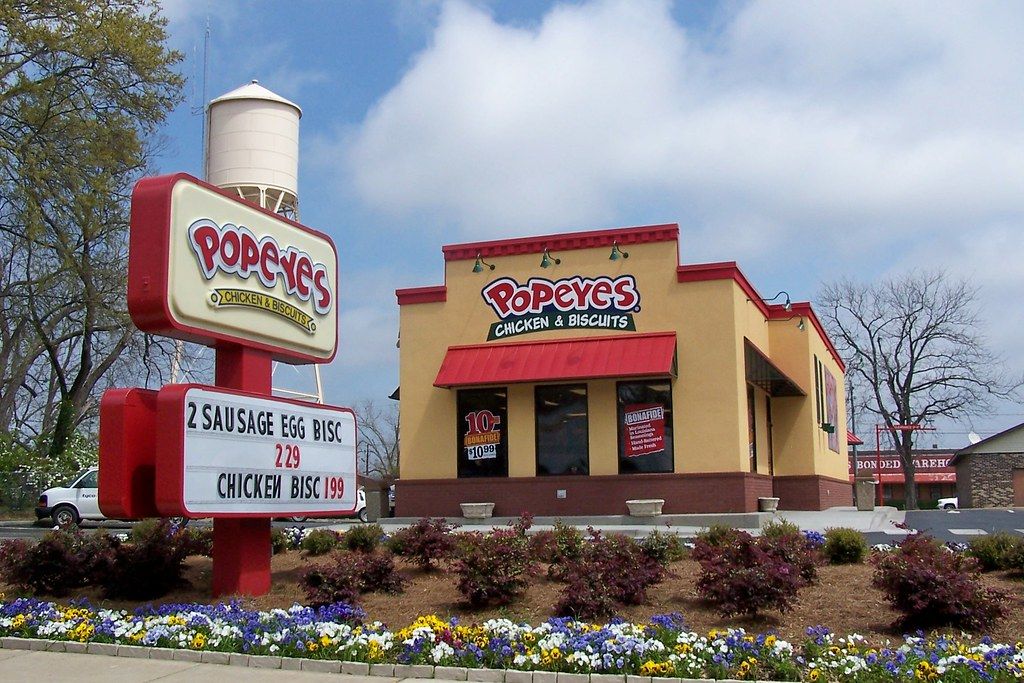
Sake Versus Wine: The Stability of Japanese Rice Wine After Opening
- Jul 6, 2025
Popping a wine bottle's cork begins a countdown to its expiration. On average, an open bottle of wine can remain fresh for about two or three days under optimum conditions. However, sake, the Japanese rice wine, doesn't play by these rules.
Monica Samuels, president of sake and spirits at Vine Connections, based in California, shared at this year's Food and Wine Classic in Aspen that sake and wine behave differently when opened due to their diverse raw materials – fruit versus rice.
"Sake is built like a beer, but drinks like a wine," says Samuels. "Wine, being fruit-based, is prone to turning into vinegar after opening. Sake, on the other hand, doesn't sour as it lacks the tart acids found in fruits. It doesn't go through that enzymatic conversion that happens in wine after the cork has been popped.”
The absence of fruit-derived acids in sake ensures that it remains more consistent after opening. Yet, its lifespan can vary based on the type and composition of the sake. Factoring in the acidity, umami, and alcohol content in the sake are significant when figuring how long an open bottle can last.
Contrary to wine that spoils quickly, open sake can stay fresh for up to a month or even longer, depending on the style. High-acid and high-umami sakes are known to last longer, while low-acid, aromatic sakes are best consumed sooner after opening.
Low-acid, high-aroma sakes such as Ginjo and Daiginjo should ideally be consumed within two to three weeks of opening. “Junmai, which is higher in acid and umami, remains good for multiple months," informs Samuels.
This makes sake an ideal purchase for the laid-back at-home drinker, with no pressure to finish the bottle in just a few days, giving consumers an exceptional value for their money.
"For a person who casually buys a bottle to consume at home, a month is absolutely fine. Consider Junmai sakes, which only have four ingredients – rice, water, koji, and yeast – with no added alcohol post-fermentation. These sakes, known for their higher acidity and savory depth, could be your go-to for a durable and flavorsome sake option,” adds Samuels.
And while Ginjo and Daiginjo sakes, noted for their refined fragrances and aroma nuances, are best enjoyed promptly, they do not deteriorate like wine. These sakes merely lose their complexity and become less interesting over time, as per Samuels. However, this doesn't make them less drinkable. They don't develop a bitter or excessively boozy taste. They are simply less alluring.
So, don't hesitate to pop that bottle of sake. It offers durability, unique characteristics, and plenty of time to savor it.






